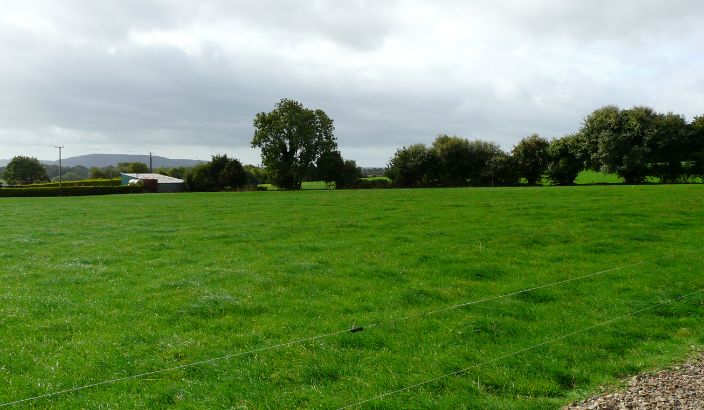How Mycorrhizal Fungi helps rebuild pasture after flooding


Mycorrhizal fungi form symbiotic relationships with the roots of most pasture plants, including grasses and legumes. Photo: Supplied.
John Barnes, Fertilizer NZ
Floods can cause severe damage to pastures, covering fields with layers of silt, washing away nutrients, and disrupting the delicate balance of life below the surface. While the visible damage is obvious, the hidden impact on soil biology can be even more critical.
Among the many soil organisms affected, mycorrhizal fungi play a pivotal role in helping pastures recover and thrive again.
What Are Mycorrhizal Fungi?:
Mycorrhizal fungi form symbiotic relationships with the roots of most pasture plants, including grasses and legumes. These fungi extend the root system by producing fine thread-like structures called mycelium, which explore the soil far beyond the reach of plant roots alone. This relationship benefits both partners: The plant gains better access to water and essential nutrients, such as phosphorus and nitrogen. The fungi receive carbohydrates produced by the plant through photosynthesis.
The Impact of Flooding on Soil and Fungi:
Floodwaters often deposit a thick layer of silt on pasture soils, smothering the existing root systems and microbial communities. The saturated, compacted soil reduces oxygen availability and can kill many beneficial soil organisms, including mycorrhizal fungi. Without these fungi, newly sown pasture plants struggle to establish strong roots and access nutrients locked away in the soil.
How Mycorrhizal Fungi Aid Pasture Recovery:
Reintroducing or supporting mycorrhizal fungi after flooding can accelerate pasture recovery by:
• Improving root growth: Fungal mycelium help roots to penetrate compacted silt layers, allowing young plants to establish more quickly.
• Enhancing nutrient uptake: Mycorrhizal fungi access phosphorus, nitrogen, and micronutrients that are otherwise unavailable, boosting early plant growth.
• Increasing water efficiency: Fungal networks improve plant drought tolerance by extending water absorption zones.
• Supporting soil structure: Mycorrhizal fungi produce a sticky protein called glomalin that binds soil particles, improving soil aggregation, aeration, and drainage.
• Promoting disease resistance: Healthy fungal associations strengthen plants against pathogens that may take advantage of stressed, flood-affected roots.
Practical Steps for Farmers:
To encourage mycorrhizal fungi and aid pasture re-establishment after a flood, consider:
• Minimizing soil disturbance to preserve existing fungal networks.
• Using biological inoculants containing mycorrhizal spores when re-sowing pasture.
• Avoiding excessive use of fungicides or high-phosphorus fertilizers that can harm fungi.
• Maintaining diverse pasture species, including legumes that benefit from fungal symbiosis.
Conclusion: While the aftermath of a flood can look bleak, nature holds the key to regeneration beneath the surface. By recognizing and supporting the vital role of mycorrhizal fungi, farmers can restore pasture productivity more quickly and build resilience into their soils for the future.
For more information on how to support pasture with Mycorrhizal fungi call one of our team on 0800 337 869.
